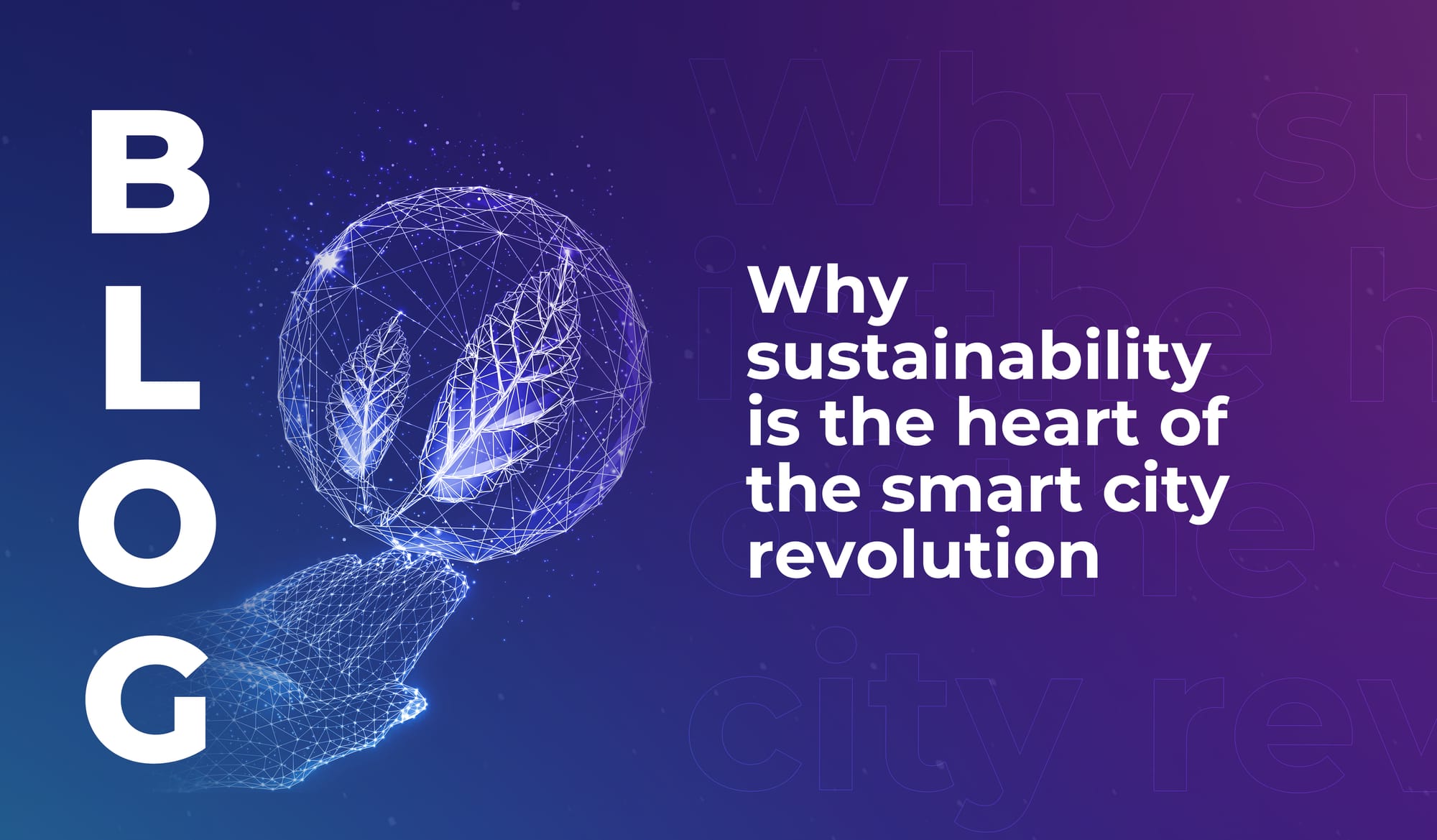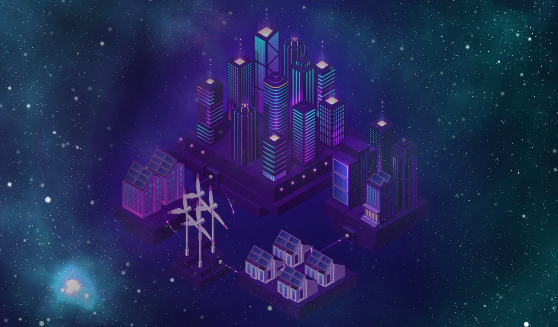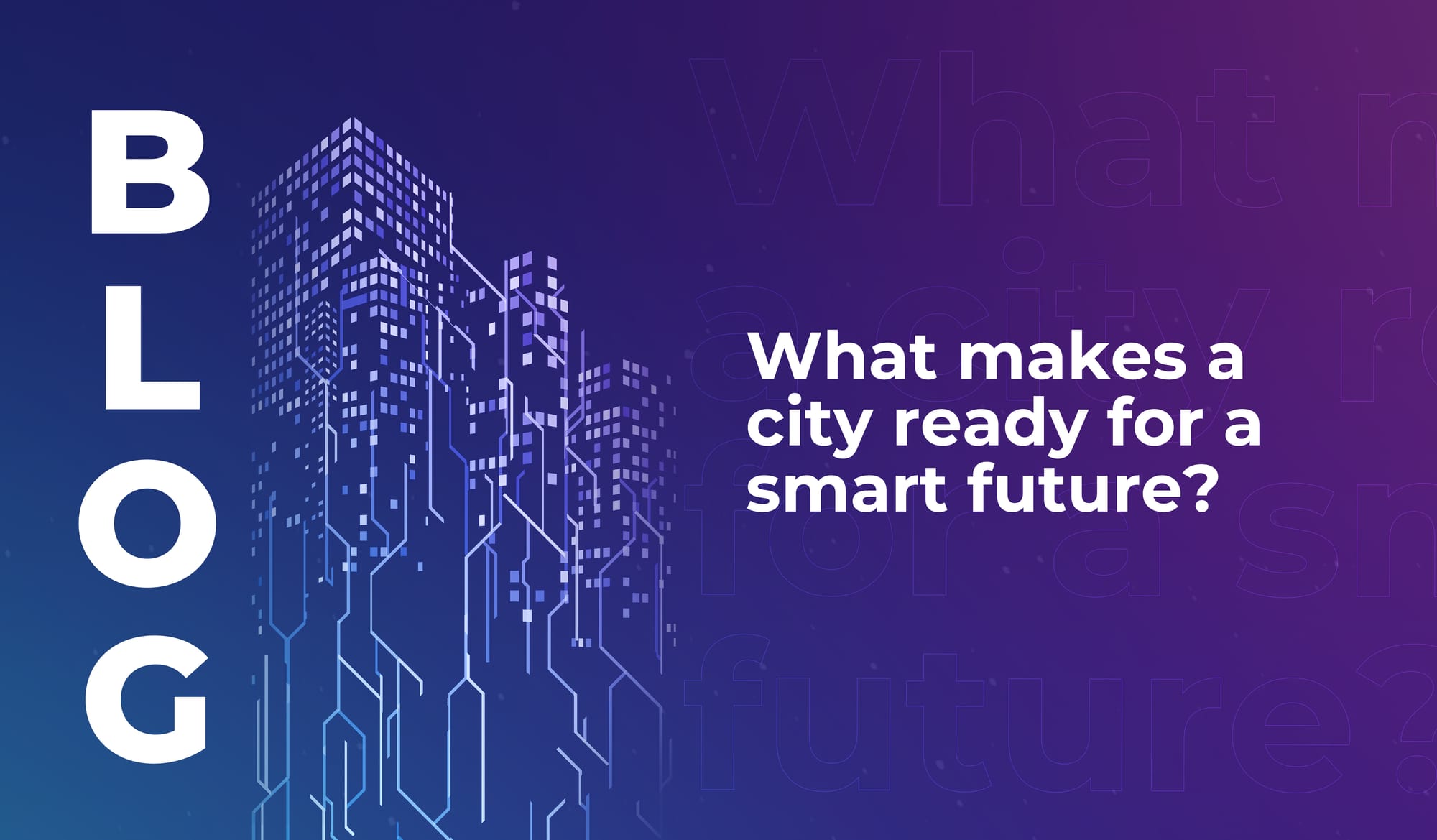
Why sustainability is the heart of the smart city revolution
The smart cities of the future will use tech to lower emissions, cut urban temperatures, and improve quality of life in highly populated areas.


While much of the world’s focus is rightly on reducing carbon emissions from hydrocarbons and manufacturing industries, buildings are also major emitters of carbon.
Building and construction activities together account for 36% of global final energy use and 39% of energy-related carbon dioxide emissions when upstream power generation is included, according to World Green Building Council’s annual report.
Direct emissions from buildings had risen to more than 3 gigatons by the end of 2019, a 5% increase since 2010, according to the International Energy Agency, which warns that the global building energy code evolution is not keeping pace with rapid floor area expansion in emerging economies.
“To get on track with the Sustainable Development Scenario (SDS), annual drops in energy intensity per m2 globally need to be at least 2.5%,” according to the IEA. “This could be achieved by 2030 with more stringent building energy codes, deep energy renovations, a tripling of heat pumping technology uptake and a 50% improvement in the average seasonal performance of air conditioners, along with other energy efficiency measures.
But cutting emissions in the sector is going to be a tall order. The world’s population is expected to rise to 9 billion by 2050, compared to 7 billion today, with a corresponding demand for housing and other infrastructure.
In addition, rising middle income especially in emerging economies, is looking to improve their standard of living, with necessities of modern life such as heating, cooling, refrigeration and electronic devices, all proliferating over the next few decades.
“Global building floorspace is projected to double by 2060 and only 3% of investment in new construction is green and efficient, locking in high emissions for decades,” according to the World Economic Forum. “The renovation rate for existing buildings is barely 1%, less than a third of the rate needed to meet the Paris climate goals.”
To reach some of the world’s climate change targets, the WEF recommends “four good DEEDS”: Decarbonization, electrification, efficiency and digitization.
GREEN BLOCKS
The Gulf region is also taking note of the sustainability of buildings, amid a massive construction spree. Virtually all the major long-term initiatives launched by Gulf states, such as Saudi Vision 2030 and UAE Energy Strategy 2050, view sustainability and energy efficiency as key components of their strategy.
In 2020, Saudi Arabia’s launched Mostadam, a new green building rating system, aimed at improving water and energy efficiencies in residential and commercial structures.
“This new green building rating system will help to create a more sustainable construction industry in Saudi Arabia, as well as improve the overall quality of construction projects in the region,” said Ashraf Balabel, and Mamdooh Alwetaishi, in a report for Multidisciplinary Digital Publishing Institute, based in Switzerland.
NEOM, the massive $500-billion smart city project under way in Saudi Arabia’s west coast, also aims to develop The Line a zero-carbon city. Spanning an area of 170 kilometres, the city will be home to one million residents, and “carbon-positive urban developments powered by 100% clean energy.”
Another large-scale project, the Red Sea Development, will also ensure that its 50 planned resorts, featuring 8,000 hotel rooms and more than 1,000 residential properties across 22 islands resorts will be 100% reliance on renewable energy.
Apart from Saudi Arabia, Abu Dhabi, Dubai and Qatar have green building codes that aim to push the regional construction industry towards sustainable practices.
Knight Frank, a real estate consultancy, notes that Abu Dhabi has more than 1,000 design or construction-rate buildings with a 2-Pearl rating and above (with 5-Pearl being the most sustainable building). As many as 40 Abu Dhabi buildings have LEED certification, which is seen as a global standard for sustainable development, and is accredited by the U.S. Green Building Council. The Siemens Headquarters in Masdar City was the first platinum-certified LEED building in the Abu Dhabi in 2014.
Dubai has more than 1,500 registered and certified LEED projects and was the first city in the region to receive a Platinum LEED city level rating, such as the 46-hectare Sustainable City in Dubai, the Emirates’ first fully operational net-zero energy community.
In addition, the 53-storey, 1.1 million square foot ICD Brookfield Place at the Dubai International Financial Centre (DIFC) also secured a LEED-Platinum status, giving it the distinction of the tallest and largest regional building with that award.
$24.7 TRILLION OPPORTUNITY
The global opportunity in the green building sector is immense. The International Finance Corporation believes emerging economies will need to invest US$24.7 trillion by 2030 to develop low-carbon buildings. The investment opportunity in residential construction, estimated at $15.7 trillion, represents 60 percent of the market.
In the Middle East, sustainable buildings represent a US$1.1 trillion investment opportunity by 2030, with US$686.5 billion in residential construction alone, IFC estimates.
This opportunity will be vital to boost water efficiency, especially for many Middle East countries that rely heavily on expensive desalination, and lower electricity bills.
“In addition, green buildings can help investors and owners manage the risks associated with a transition to a lower carbon economy. This transition will bring regulatory, economic, and resource changes, and some energy inefficient assets will no longer be profitable,” the IFC concludes. ©

The smart cities of the future will use tech to lower emissions, cut urban temperatures, and improve quality of life in highly populated areas.

Discover the cities that rank highly for smart city preparedness, and learn why locally relevant innovation is more important than cutting-edge tech.

If you’ve ever thought about becoming a tech investor, read this – learn why investors are the quiet force shaping the future of the industry.

The smart cities of the future will use tech to lower emissions, cut urban temperatures, and improve quality of life in highly populated areas.

Discover the cities that rank highly for smart city preparedness, and learn why locally relevant innovation is more important than cutting-edge tech.

If you’ve ever thought about becoming a tech investor, read this – learn why investors are the quiet force shaping the future of the industry.